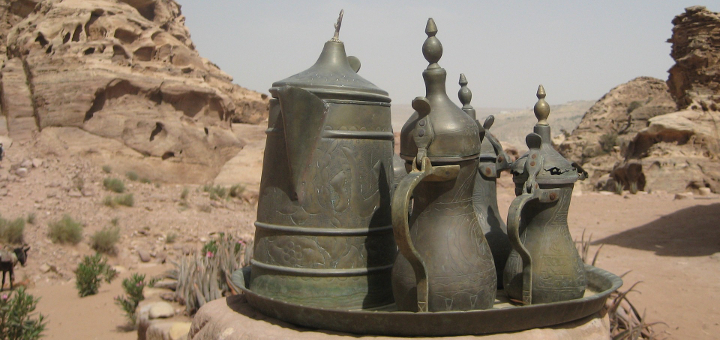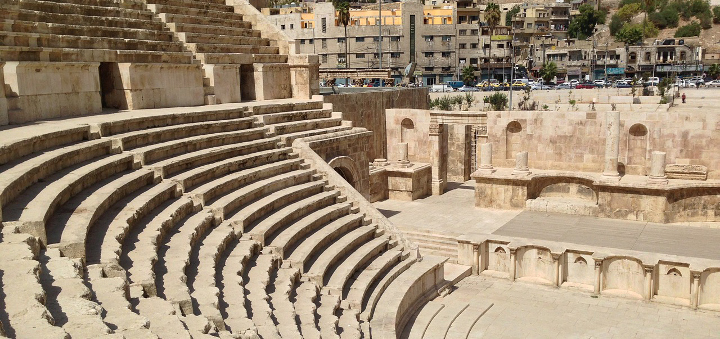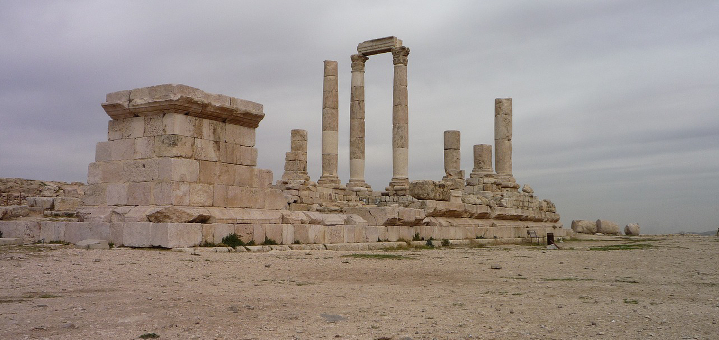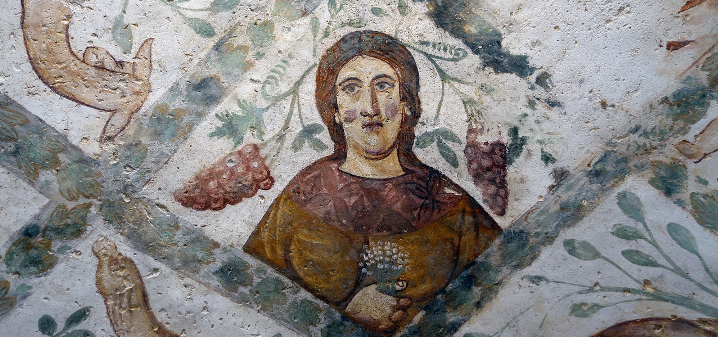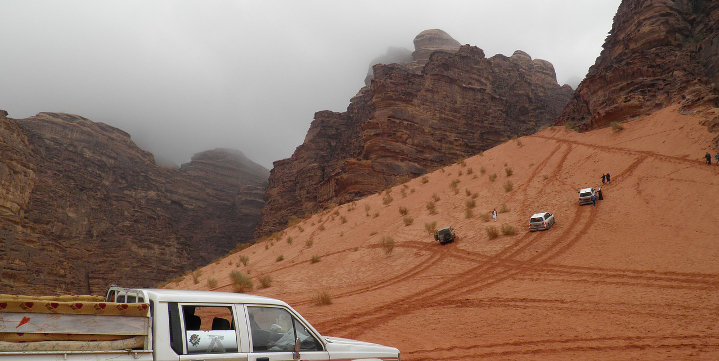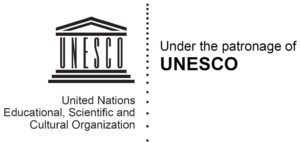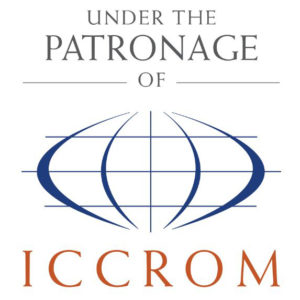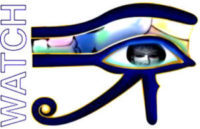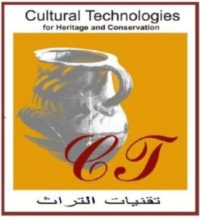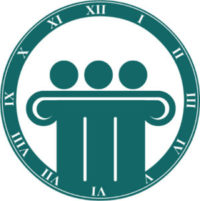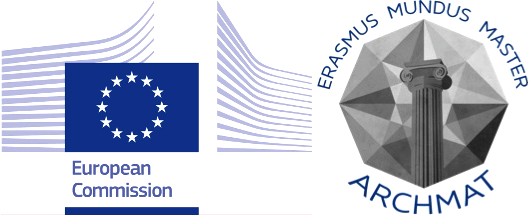PATRONAGES

STAC8 ex post review
The 8th International Conference on Science and Technology in Archaeology and Conservation (STAC8) ended in Amman on May 25th after five days of intense exchange that confirmed the increasing interest for its multidisciplinary character acquired since its first edition fifteen years ago within the FORUM UNESCO.
The conference was organised under the gracious patronage of the Ministry of Tourism and Antiquities of Jordan, UNESCO and ICCROM and it was honoured by the presence of Mrs. Lina ANNAB, Minister of Tourism and Antiquities of Jordan, Mr. Francesco BANDARIN, UNESCO ADG for Culture, Mr. Stefano DE CARO, ICCROM DG, Mr. Munther Jammawi, DG of the Department of Antiquities of Jordan. Executive officers from several other national and international organisations also participated to the conference.
The organisers decided to conduct this edition of the conference in Amman to express their solidarity to the people of this region that is afflicted by a persisting state of conflict, but also to manifest their concern for those colleagues that operate in the region and often put their lives at risk to protect the cultural heritage currently subject to violent attacks, purposely conducted by ISIS, Al Qaeda and other militias. Armed groups that are incapable to express respect or compassion for humanity and its rich cultural diversity and, are guilty for the widespread destruction, vandalism and illegal trade of cultural heritage. Another violation to human rights!
That is why, alongside topics more immediately connected to the study, documentation, restoration, conservation and promotion, several experiences made for the protection of cultural heritage at risk from extreme natural and man-made events were presented within the framework of dedicated thematic sessions. The most advanced methodologies used to contrast looting, illicit trafficking, and smuggling of cultural heritage in all its expressions as a means to finance the warfare of terror were also among the topics discussed at the STAC8. Within that framework, the contribution given by sciences and technologies in preventing or reducing the severe damage or the complete destruction of movable and immovable cultural heritage caused by hostile practices have been among the core themes treated at the conference.
A special accent was posed on the importance of the territorial analysis as a part of the process followed in the identification, data acquisition and classification concerning natural and anthropogenic hazards.
An approach that is widely used in the regional and city planning sectors, which enables policy makers and all the other stakeholders, to identify/recognise both, qualitatively and quantitatively, threats posed to cultural heritage and to define the most appropriate and sustainable preventive measures for its protection in line with the criteria set within UNESCO Conventions and International Law. Within this framework, several papers presented at the conference highlighted the increasingly important role played by earth observation sciences and technologies as precious instruments for the monitoring and management of cultural heritage, especially if combined with an efficient interface on the ground.
At the conference a special emphasis was given to the role played by social sciences, international law and economics in the improvement of policies for the management of cultural and natural heritage in line with international conventions. Presentations made at the conference by journalists, socio anthropologists, law makers and administrators confirmed the importance of their involvement within the process of conservation, promotion and protection of cultural heritage. Their contribution at the conference is resumed within the Amman Declaration that synthesises the conference recommendations.
During the final session participants decided to deliver a limited yet relevant number of recommendations to be embedded within the Amman Declaration. A declaration aimed to highlight some of the hottest issues emerged within the conference that need to be addressed to make the management of cultural heritage conservation and promotion more sustainable by meeting the needs of a rapidly changing humanity.
Finally, an appeal was launched in support of the Non Governmental and the Civil Society Organisations that are active in cultural heritage conservation, promotion and protection. I In fact, many no-profit organisations consulted, during the last few years were negatively hit by the prolonged economic crisis, reducing their capacity to deliver services which are often provided on a volunteer basis.
It is a phenomena registered also in some of the most economically stable countries, WATCH’s Secretary General said. A situation that undermines the entire sector and, could sweep away from the scene several national and international organisations that are active on cultural heritage, leaving a real vacuum in the delicate interaction between concerned national or, international authorities, and the local communities.
Mr. F. Bandarin, confirmed UNESCO interest for those Non Governmental and the Civil Society Organisations active in the field, acknowledging their significant contribution for the protection and promotion of Cultural Heritage. In addition, he said that, the Agency will dedicate an increased attention and will give more support to those organisations.
The ACTA STAC8 will be published and made available soon after a final editing and registration.
